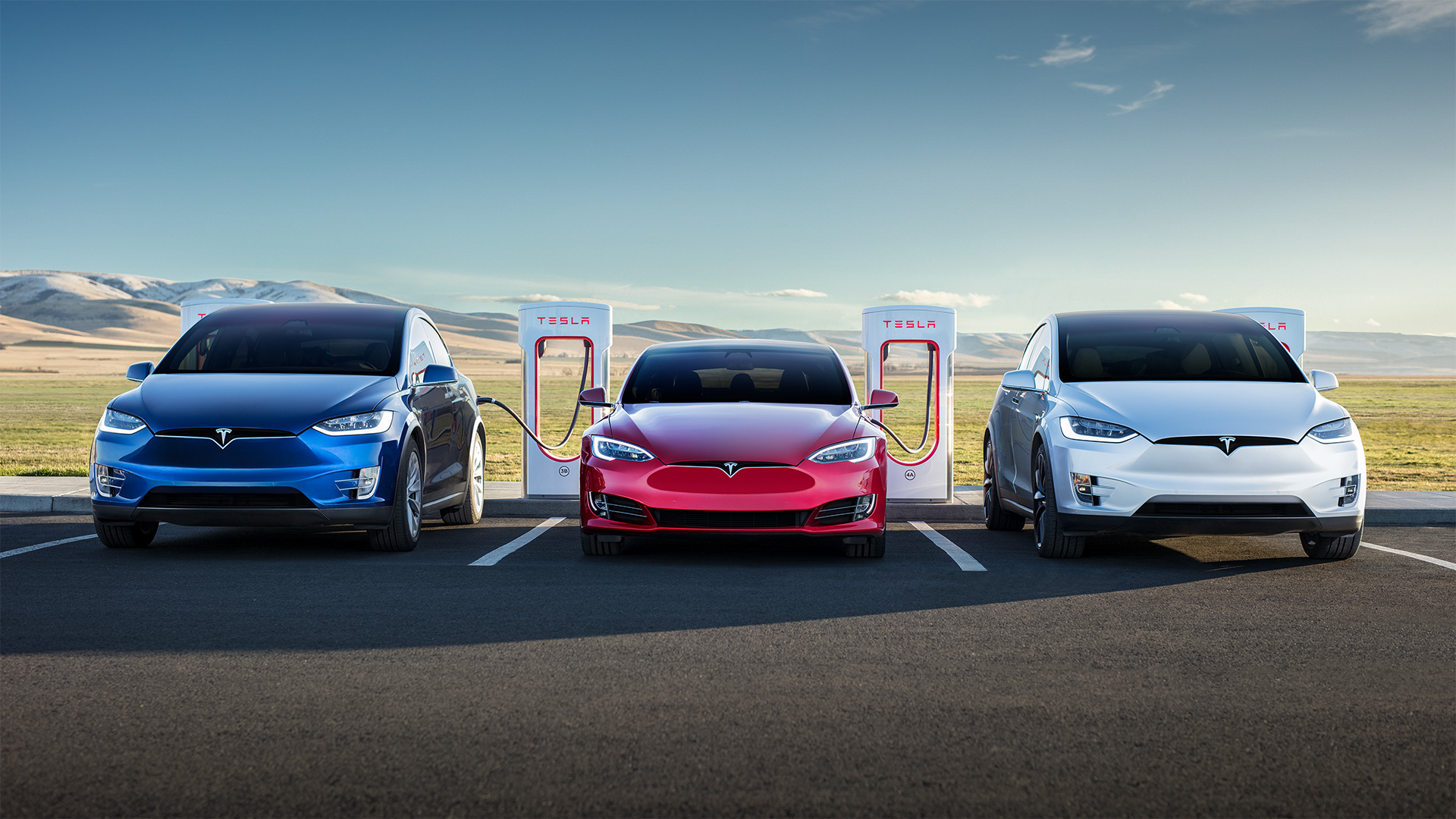

It seems that Teslas have been selling well; in fact, one could argue that they’ve sold too well. In a surprise find by publication Green Car Reports, Tesla has become the first manufacturer to surpass the threshold for the federal tax credit in the United States.
While that doesn’t mean much for business-as-usual at the domestic electric car manufacturer’s headquarters, it does mean a lot to the consumer who is counting on the tax credit to deem the vehicle as being affordable. One of Tesla’s biggest selling points was that even though its vehicles cost more upfront than a traditional gas-model car in the same class, there were certain incentives that helped the consumer swallow the inflated cost. One of those incentives was the federal tax credit of $7,500 for the buyers of a new electric car. Tesla often uses this credit as part of its sales model to show the cost savings over a traditional gasoline-powered car in terms of total cost of ownership

Currently, the federal tax credit must be claimed by the person who becomes the first registrant of a qualifying electric car purchased brand new. This entitles a total of 200,000 tax credits to be issued for each individual manufacturer before the $7,500 credit begins to dissolve. Within the first three months of the threshold being met, future claimers will have their incentive cut in half, bringing their tax credit to $3,750. Six months later, it will be halved once more to $1,875. This continues for six more months until it is finally diminished completely and no additional tax credits are issued for that particular manufacturer. This means that new Tesla owners (and potentially GM owners in the near future) will likely be unable to claim a full credit by the end of this year, and all incentives may be stripped as early as the end of 2019.
It was the hopes of many that the federal tax credit could reduce the cost of the Model 3 to less than a Chevy Bolt, however Tesla has still not released a timeline for the release of its $35,000 option, leaving the potential for buyers of the $35,000 Model 3 to be in tax-credit-limbo until further notice.
This tax credit model has been criticized as being difficult for domestic automakers once their incentives run out. It was designed to help work the manufacturers through the s-curve of adoption and innovating new technology, however, electric cars still aren’t as affordable or practical to refuel as their gasoline-powered counterparts. Arguments could speculate that late-adopting brands may be at a greater advantage to reap the benefits of lower component costs and still be able to sell vehicles at market price, making their net gains higher while early-adopters tread the uncertain waters of how sales will fare in a post-subsidized world.
Of course, some government agencies would rather have this tax credit go away entirely, prompting a push back by automakers and even some energy provider coalitions. In reality, the tax credit was instated to help promote an incentive for automakers to develop cars that people want to buy and not one that they were forced into purchasing; because without a financial incentive, is there really a reason for automakers to produce a better product that people weren’t yet buying in quantity? With Tesla’s credit in the early stages of vanishing, only time will tell if consumers will continue to buy the brand, or if they will seek out options that prove to be even more affordable.